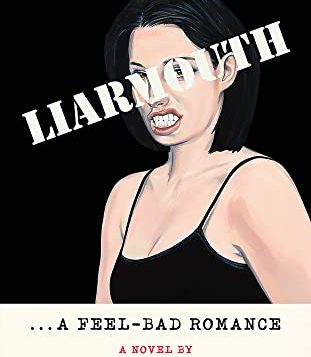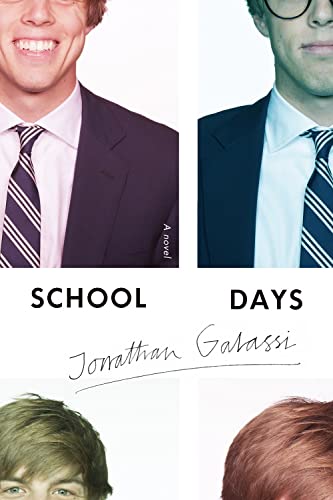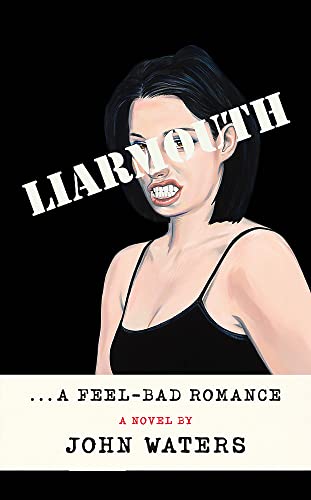With a long career leading Farrar, Straus and Giroux and years as a noted poet, Jonathan Galassi has turned his hand to writing novels. The latest, School Days, unravels a sexual harassment charge from the past brought by a student against Theo, an idolized teacher at a prestigious New England prep school. The lead character, Sam, a former student and now a respected teacher there, helps investigate the claim, brought by his then classmate Eddie, who was Sam’s cherished friend and crush.
Through the lens of the 1960s, the book describes students at the all-male school as experiencing a myriad of friendships with roommates, best study pals, and jock buddies, many heightened by bed-sharing fantasies. Having maintained strong alumni ties over the years, Sam is able to track down a number of his classmates in a search of verifiable reports about Theo’s alleged transgression. Still a cherished teacher, Theo retired suddenly in the late 1990s and is now deceased. Sam’s search for the truth behind Eddie’s charge takes him on visits to a number of men who were his classmates, now successful professionals. As in Sam’s own story, brief heterosexual marriages have led some to divorce when they confronted their authentic selves. A few of them admit to male daydreams back then, while others speak of full sexual experiences.
At a fiftieth class reunion Sam meets Darman, in their student days an aggressive sensualist with good looks, who speaks of numerous sexual conquests. Remarks Darman: “The best thing our prep-school days had to offer you missed out on: the sexuality available to all.” Sam is shaken by these words, which seems to place the events at school—his crush on Eddie, the charges against Theo—in a whole new light.
Joe Ryan
Sleaze is oozing out of every page of Liarmouth, but if you’re a John Waters freak (and I count myself among them), then that’s a very good thing. There’s a talking penis, a couple who steal suitcases from airports for a living, and an illicit trampoline-enthusiast cult. Liarmouth is a hilarious ride, surprisingly the first novel from the legendary countercultural filmmaker. It’s at once entirely otherworldly and intimately familiar. The plot involves three intertwined generations of women, all gunning for each other. The characters are new but could well be the not-so-distant cousins of Dawn Davenport, the protagonist (played by Divine) in the 1974 classic Female Trouble. The scenes are set in gloriously lurid detail. Waters is especially good at having his characters vent their irritation at how inept and out-of-it are all the other characters populating the book.
It has been perplexing and frustrating to realize how long it’s been since Waters has made a film (2004’s A Dirty Shame). Those of us yearning for those joyous big-screen moments will have some of their thirst quenched with this rambunctious book. The “Sultan of Sleaze” does not disappoint. If any of the streaming services had any guts, they’d order this up as a series immediately.
Matthew Hays
 HAROLD NORSE
HAROLD NORSE
Poet Maverick, Gay Laureate
Edited by A. Robert Lee and Douglas Field
Clemson Univ. Press. 284 pages, $130.
Harold Norse occupies a distinctive crossroads among American gay poets. The subtitle of this collection of fourteen essays states the situation clearly: Norse’s position in the history of poetry is a different thing than his position in the history of gay social and literary space.
The collection consists of essays on particular aspects of Norse’s life, from his poetic relationship with William Carlos Williams and Charles Bukowski to his on-again, mostly off-again visibility as an historical figure in the gay community. Much of the interest in this collection is related to Norse’s position as part of the cluster of writers known as the Beats, which also included Allen Ginsberg, Jack Kerouac, Diane DiPrima, and others. The fact that the Beats were mostly not gay meant that Norse was something of an edgy figure in that culture even as he was part of the advent of a freewheeling gay lifestyle in the Bay Area.
As a poet, Norse seems to have sought recognition for pushing a gay envelope that had already been opened. One essayist notes that he was blaring about the joy of cock in a way that echoed the Ginsberg of twenty years earlier. Norse was also a somewhat marginal figure in the poetic community. He tended to do something just after a more famous poet already had, which made him a bit of an also-ran. Nevertheless, we can thank the editors for assembling this collection of Norse’s writings as a way to assess his contribution to gay poetry.
Alan Contreras








